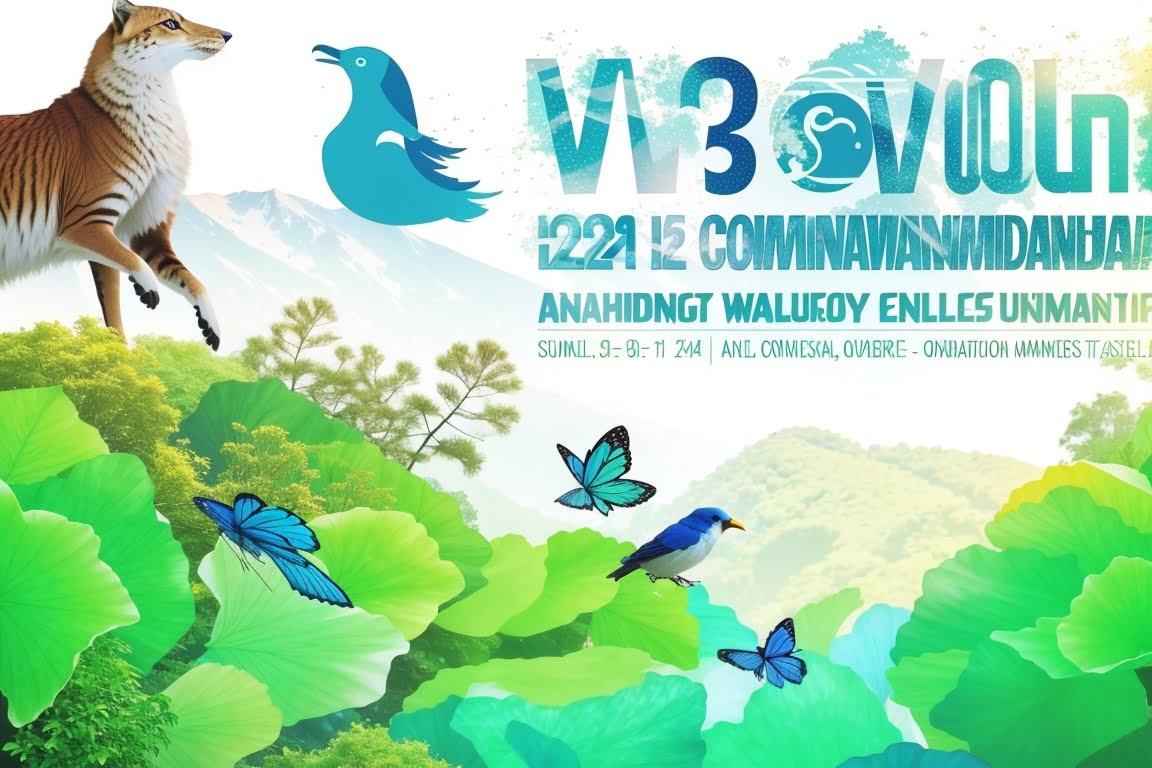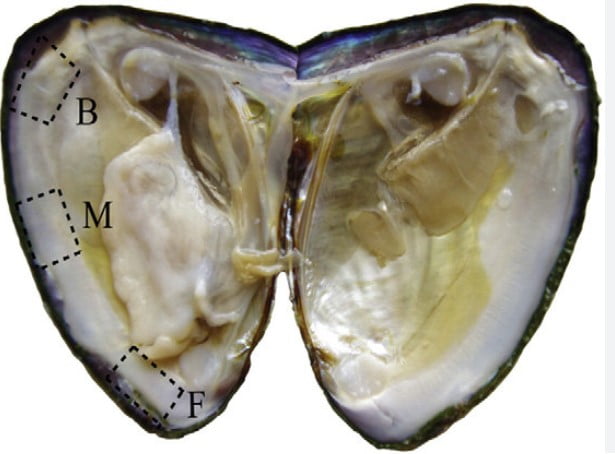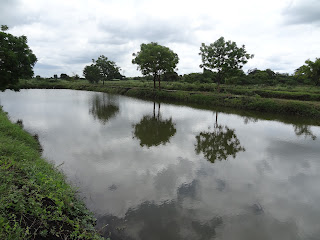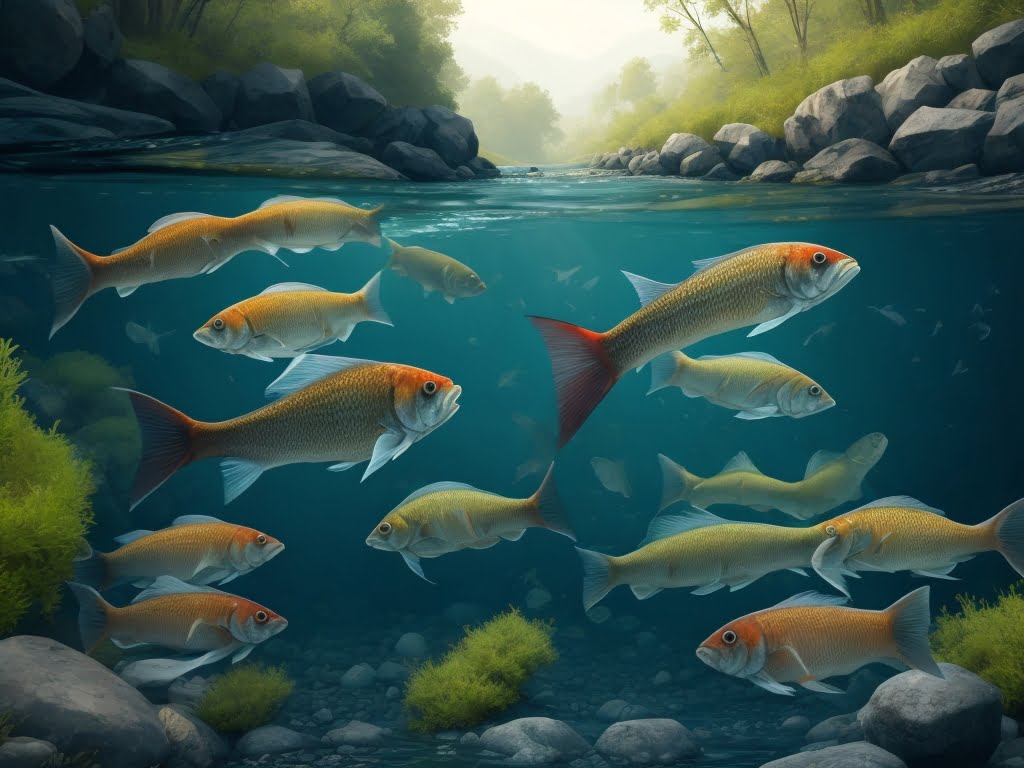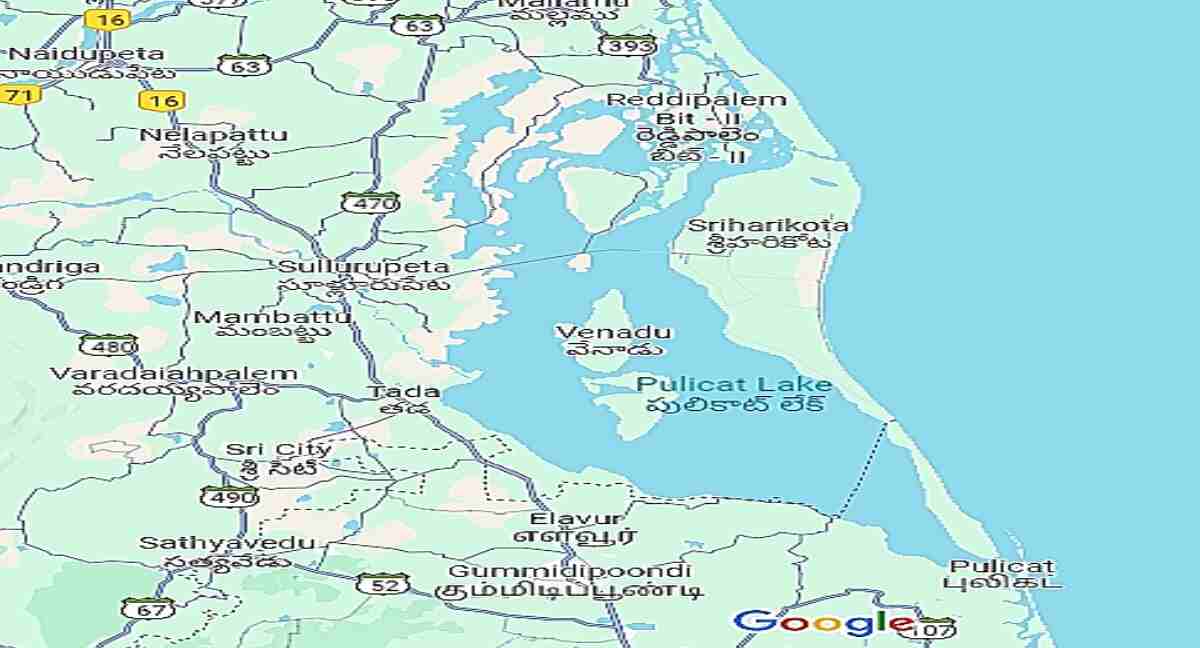Fish Culture techniques: In Country like India the intake of meat and milk is low, so fish has special importance as a supplement to ill-balanced cereal diets. Today protein deficiency is the world’s most serious human malnutritional problem, and perhaps 30 to 40% of the world population is suffering from protein deficiency. It is estimated that about 10 million tons of fish is required annually to meet the present day demand of fish protein in the country against an annual production of only 3.5 million tons.
In India, inland water with potentialities of fish culture is approximately 7.5 million hectares or 2.34% of the total area of the country. Many of the water reservoirs remain either unused or not properly used for fish culture for want of proper scientific know-how. In recent years researches conducted by the Central Inland Fisheries Research Institute have revolutionized fish culture in India and a net production of 85,000 kg/hectare/year has already been achieved.
History of Fish Culture
From ancient times man has utilized the ponds and kept fishes for their interest. Afterwards they started to use the fishes for food. It was a problem before them as how to increase the fishes in number and maintain them in ponds. Previously nothing was known about the environmental and physiological conditions of fishes hence the process of fish culture was unsuccessful. Thus the workers in their anxiety to know more about the fishes started to study the morphology, physiology, histology, habit and habitat of the fishes, and concluded that :
(1) Fishes are growing themselves.
(2) Fishes are breeding themselves.
These findings proved to be keynote and encouraged them to think about the fish culture at commercial level. In India, first of all the fish culture was started in West Bengal. Now-a-days fish culture is expanding under the pressure of growing population in China, Indonesia, Vietnam, Africa, Cambodia. U.S.A and also in India. The cultivation of a number of economically useful fish species artificial fertilization, induced breeding etc. has opened a new era in the fish culture programme.
Aim of Fish Culture
(1) The main aim of fish culture is to obtain maximum yield of fish.
(2) To obtain palatable and highly nutritive fish flesh.
(3) By products of fishing industry.
Qualities of Culturable Fishes
The main attraction of fish culture is to obtain more fish. So, before starting this complicated programme it is essential to have a comprehensive idea about the fish itself. The culturable fishes,
(1) should have ability to feed on natural food.
(2) should have ability to feed on artificial diet.
(3) should consume small quantity of food for development.
(4) should be herbivorous in nature.
(5) should be able to tolerate a sudden change in climatic conditions and nature of water in ponds.
(6) should be fast growing and can attain good length and weight both.
(7) should live in ponds with other, fishes without any disturbance.
(8) should be able to resist against diseases.
(9) should be prolific breeder.
(10) should be palatable and much nutritive.
Types of Cultivable Fishes
The cultivable fishes are of 3 types:
(1) Indigenous or native fresh water fishes viz., major carps.
(2) Salt water fishes acclimatized for fresh water viz., Chanos, Mullets.
(3) Exotic fishes, imported from other countries viz., Mirror carp, Chinese carp, Crucian carp and Common carps.
 |
| Hypothalamichthyes molitrix (Silver carp) |
Most Suitable fishes in India for Culture
It is practically difficult to find all the characteristics of a culturable fish in any one of the fishes but some fishes are found most suitable for fish culture. Among these, ‘Major Carps’ have proved to be best culturable fish in India having following qualities.
(1) Carps feed on zoo-and phyto-planktons, decaying weeds, debris and other aquatic plants
(2) Carps can survive under somewhat higher temperatures and also in turbid water
(3) Carps can tolerate oxygen variation in water.
(4) Carps have fast growth rate and can attain good size and Weight
(5) Carps can be transported from one place to other easily.
(6) The flesh of carps is mostly palatable and much nutritive.
 |
| Labeo rohita |
 |
| Cirrhinus mrigala |
 |
| Catla catla |
Factors Affecting Fish Culture
Extrinsic Factors:
Now-a-days, profitable fish culture has become purely technical and scientific because a number of environmental factors affect the fish culture programme. A number of factors viz, temperature, light, rain, water, flood, water current, turbidity of water, diseases, toxic pollutants, pH, hardness and salinity of water. dissolved oxygen etc. play a vital role in fish culture. The temperature and light intensity both have profound effect because fish can not breed above or below the critical temperature which may be variable according to the species of fish.
Intrinsic Factors:
Hormone secretion and maturity of gametes are the internal factors
Fish Culture Methods and techniques
Fish culture is a complicated process, so for an ideal fish culture one should have an idea about the different stages of fish culture i.e.. topographic situation, quality of water, source of water, and other physical, chemical and biological factors. Ponds are the sites where fish develops and grows. The management of ponds has its own importance and has to be tackled from the point of view of breeding, hatching, nursing, rearing and stocking ponds. The nature of ponds may slightly vary with the species on the fish. Even different stages of the same fish are cultured in the ponds having quite different properties. Keeping in view the various stages of fishes, the following different types of ponds have been recommended to manage them.
Breeding Pond
First step in the fish culture is the breeding of fishes, therefore, for proper breeding special types of ponds are prepared called as breeding ponds. These ponds are prepared near the rivers or other natural water resources.
Types of breeding According to the mode of breeding there are two categories:
(1) Natural breeding (Bundh breeding)
(2) Induced breeding.
 ” data-temp-aztec-id=”4aa02c3d-22ff-4aa6-b3c0-cc9338453dd6″ />
” data-temp-aztec-id=”4aa02c3d-22ff-4aa6-b3c0-cc9338453dd6″ />

